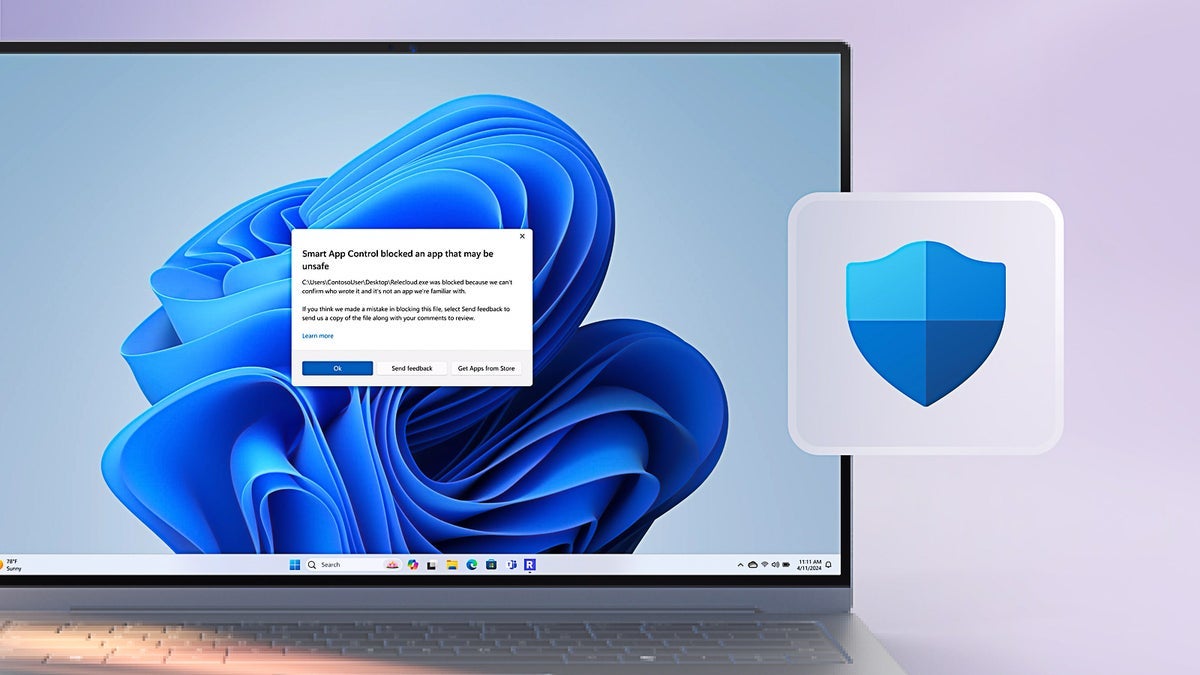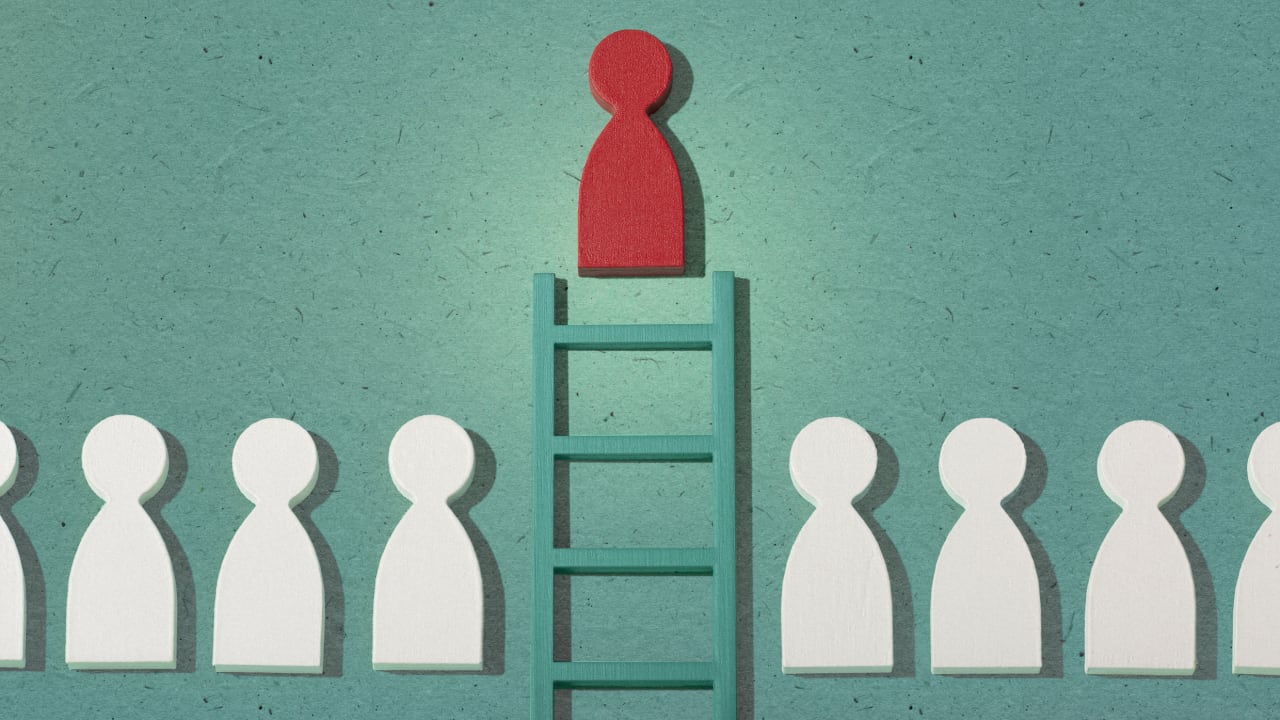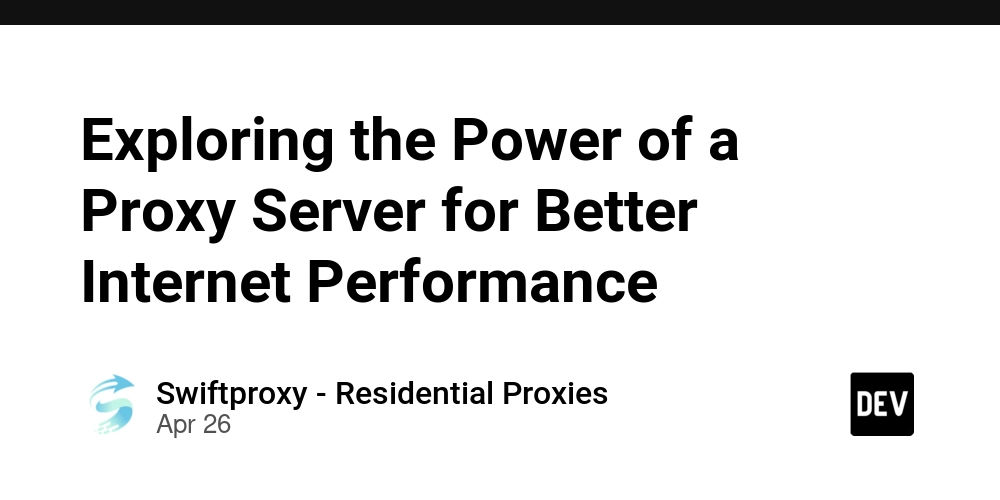Clear Thinking: How to Make Better Decisions by Outwitting Your Defaults
This is a repost from Medium. Years ago, my manager recommended a newsletter called Brain Food, and I've been hooked ever since. When I discovered that its author, Shane Parrish, had written a book on mental models and systematic thinking, I bought it on my Kindle immediately. Clear Thinking is a modern classic - one of those rare books worth revisiting time and again. "What a lot of people miss is that ordinary moments determine your position, and your position determines your options." In a world that rewards speed, clarity is your competitive advantage. Clear Thinking isn't just about thinking logically - it's about mastering yourself so you can respond instead of react. The book teaches that clear thinking is less about IQ and more about self-awareness, intentionality, and preparation. At its core is a powerful idea: success is largely about avoiding failure - especially avoidable, predictable ones. Let's explore the key ideas that help build clear thinking - and a better life. 1. The Four Defaults That Cloud Your Judgment Our biggest obstacle to clear thinking? Ourselves. Parrish outlines four biological "defaults" that hijack our decision-making: Emotion Default: Acting from feelings rather than facts. We lash out, get defensive, or panic - without realizing a decision is being made. Ego Default: We want to feel right more than we want to be right. This leads us to double down even when we're wrong. Social Default: We conform to group norms to stay safe. It's comforting - but rarely exceptional. Inertia Default: Change is hard, so we keep doing what we've always done, even if it no longer serves us. These mental shortcuts help us survive but rarely help us thrive. Recognizing them is the first step; resisting them takes real work. 2. Creating the Space to Think You can't reason in the middle of a firestorm. Parrish insists that great decisions don't start with genius - they start with space. In the gap between stimulus and response, you either pause to think or fall into a default. This space is where clear thinking happens. It lets you stop, assess your position, and take control. Without it, you're always reacting - never creating. The best performers are rarely forced into rushed decisions because they've set themselves up with margin. They out-position others, not out-think them. 3. The Power of Positioning Good decisions are easier when you're in a good place. Great investors, leaders, and athletes rarely operate from crisis mode. Instead, they've spent years improving their position - financially, emotionally, socially. Small decisions compound. Skipping the gym, snapping at your partner, ignoring a tough conversation - these aren't isolated. They affect your future options. So, instead of asking "What's the smartest choice right now?" ask: "What decision will improve my position for tomorrow?" 4. Build Your Four Internal Strengths To overcome your defaults and improve your position, you need to develop four strengths: Self-Accountability: Own your choices - even the bad ones. Don't blame luck, people, or circumstances. Ask: What can I control right now? Self-Knowledge: Understand your strengths, weaknesses, and limits. Say "I don't know" more often. Self-Control: Master your emotions. Stay calm when others react. Good decisions rarely come from high emotion. Self-Confidence: Accept reality. Change your mind when the facts change. Don't cling to ego for comfort. None of these traits are fixed. They're trainable - and essential. 5. Choose Your Environment Wisely "We unconsciously adopt the habits of the people we spend time with." Want to read more? Join a book club. Want to get fit? Hang out with people who treat workouts like lunch appointments. Your environment either supports your goals or sabotages them. Don't rely on willpower alone. Structure your life so the right choices are the default ones. 6. Decision-Making: A Process, Not a Gut Check Parrish presents a simple but powerful five-step decision framework: Define the Problem Clearly What are you really trying to solve? Use the "5 Whys" to identify root causes. Avoid jargon. If you can't explain it simply, you don't understand it. Generate at Least 3 Options Binary thinking (yes/no, this/that) limits creativity. Force yourself to think beyond obvious choices. Evaluate with Second-Level Thinking Ask "And then what?" repeatedly. Imagine bad outcomes and how you'd handle them. Don't just consider benefits - consider opportunity costs. Execute with Awareness of Risk Use the ASAP principle (act soon when the cost of reversal is low). Or ALAP (delay decisions with high irreversibility). Use tripwires and personal rules to stay on course. Reflect and Learn Don't just judge decisions by results - judge the process. Keep a decision journal. What did you know? What were your assumptions? Avoid "resulting" -
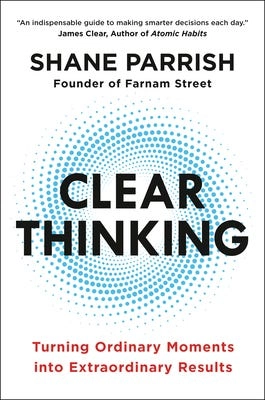
This is a repost from Medium.
Years ago, my manager recommended a newsletter called Brain Food, and I've been hooked ever since. When I discovered that its author, Shane Parrish, had written a book on mental models and systematic thinking, I bought it on my Kindle immediately. Clear Thinking is a modern classic - one of those rare books worth revisiting time and again.
"What a lot of people miss is that ordinary moments determine your position, and your position determines your options."
In a world that rewards speed, clarity is your competitive advantage. Clear Thinking isn't just about thinking logically - it's about mastering yourself so you can respond instead of react. The book teaches that clear thinking is less about IQ and more about self-awareness, intentionality, and preparation. At its core is a powerful idea: success is largely about avoiding failure - especially avoidable, predictable ones.
Let's explore the key ideas that help build clear thinking - and a better life.
1. The Four Defaults That Cloud Your Judgment
Our biggest obstacle to clear thinking? Ourselves. Parrish outlines four biological "defaults" that hijack our decision-making:
- Emotion Default: Acting from feelings rather than facts. We lash out, get defensive, or panic - without realizing a decision is being made.
- Ego Default: We want to feel right more than we want to be right. This leads us to double down even when we're wrong.
- Social Default: We conform to group norms to stay safe. It's comforting - but rarely exceptional.
- Inertia Default: Change is hard, so we keep doing what we've always done, even if it no longer serves us.
These mental shortcuts help us survive but rarely help us thrive. Recognizing them is the first step; resisting them takes real work.
2. Creating the Space to Think
You can't reason in the middle of a firestorm. Parrish insists that great decisions don't start with genius - they start with space. In the gap between stimulus and response, you either pause to think or fall into a default.
This space is where clear thinking happens. It lets you stop, assess your position, and take control. Without it, you're always reacting - never creating.
The best performers are rarely forced into rushed decisions because they've set themselves up with margin. They out-position others, not out-think them.
3. The Power of Positioning
Good decisions are easier when you're in a good place. Great investors, leaders, and athletes rarely operate from crisis mode. Instead, they've spent years improving their position - financially, emotionally, socially.
Small decisions compound. Skipping the gym, snapping at your partner, ignoring a tough conversation - these aren't isolated. They affect your future options.
So, instead of asking "What's the smartest choice right now?" ask:
"What decision will improve my position for tomorrow?"
4. Build Your Four Internal Strengths
To overcome your defaults and improve your position, you need to develop four strengths:
- Self-Accountability: Own your choices - even the bad ones. Don't blame luck, people, or circumstances. Ask: What can I control right now?
- Self-Knowledge: Understand your strengths, weaknesses, and limits. Say "I don't know" more often.
- Self-Control: Master your emotions. Stay calm when others react. Good decisions rarely come from high emotion.
- Self-Confidence: Accept reality. Change your mind when the facts change. Don't cling to ego for comfort.
None of these traits are fixed. They're trainable - and essential.
5. Choose Your Environment Wisely
"We unconsciously adopt the habits of the people we spend time with."
Want to read more? Join a book club. Want to get fit? Hang out with people who treat workouts like lunch appointments.
Your environment either supports your goals or sabotages them. Don't rely on willpower alone. Structure your life so the right choices are the default ones.
6. Decision-Making: A Process, Not a Gut Check
Parrish presents a simple but powerful five-step decision framework:
-
Define the Problem Clearly
- What are you really trying to solve?
- Use the "5 Whys" to identify root causes.
- Avoid jargon. If you can't explain it simply, you don't understand it.
-
Generate at Least 3 Options
- Binary thinking (yes/no, this/that) limits creativity.
- Force yourself to think beyond obvious choices.
-
Evaluate with Second-Level Thinking
- Ask "And then what?" repeatedly.
- Imagine bad outcomes and how you'd handle them.
- Don't just consider benefits - consider opportunity costs.
-
Execute with Awareness of Risk
- Use the ASAP principle (act soon when the cost of reversal is low).
- Or ALAP (delay decisions with high irreversibility).
- Use tripwires and personal rules to stay on course.
-
Reflect and Learn
- Don't just judge decisions by results - judge the process.
- Keep a decision journal. What did you know? What were your assumptions?
- Avoid "resulting" - mistaking good outcomes for good decisions.
7. Safeguards and Habits Beat Willpower
You don't rise to the level of your potential. You fall to the level of your systems.
Parrish suggests:
- Rules ("I never check email before 10 a.m.")
- Friction (delete food delivery apps)
- Guardrails (ask "Will this action make the future easier or harder?")
- Perspective shifts (ask "What did I miss?")
These systems help you think clearly when you're tired, stressed, or tempted.
8. Know What Matters
"Knowing how to get what you want is useless if what you want won't make you happy."
Clear thinking isn't just about getting what you want. It's also about wanting the right things. Success based on the wrong scoreboard - money, status, validation - can leave you emptier than failure.
Instead, define success on your own terms. Ask:
- What matters most to me?
- Am I chasing praise from people I don't even respect?
- What do I want to be proud of when I look back?
Final Thoughts
Most mistakes don't come from bad logic. They come from not realizing a decision was being made at all. That's the danger of defaults.
If there's one theme that runs through Clear Thinking, it's this:
Good decisions come from preparation. Great lives come from consistently putting yourself in a position to make good decisions.
You don't need to be a genius. You need awareness, intention, and systems that work for you - not against you. The work starts not when a decision shows up, but long before - when you train yourself to see the moment, pause, and think clearly.
































































































































































![[The AI Show Episode 143]: ChatGPT Revenue Surge, New AGI Timelines, Amazon’s AI Agent, Claude for Education, Model Context Protocol & LLMs Pass the Turing Test](https://www.marketingaiinstitute.com/hubfs/ep%20143%20cover.png)















































































































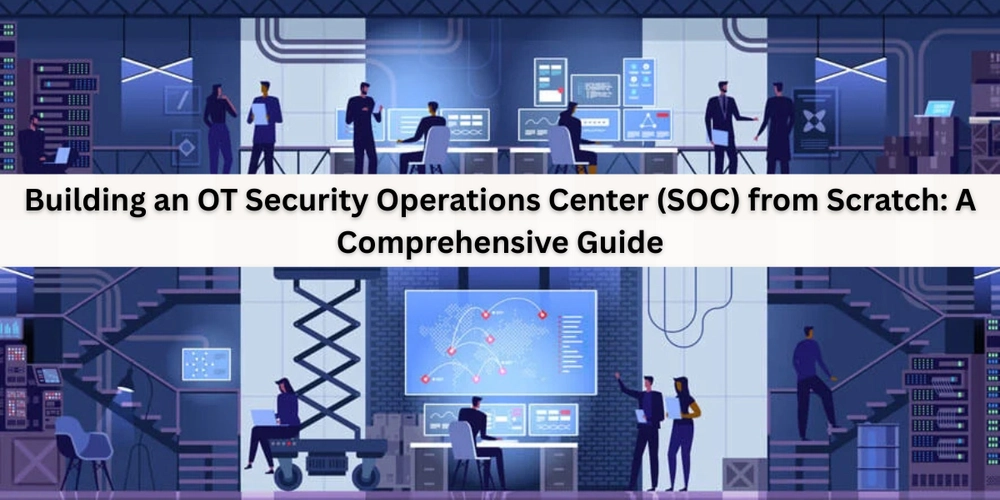


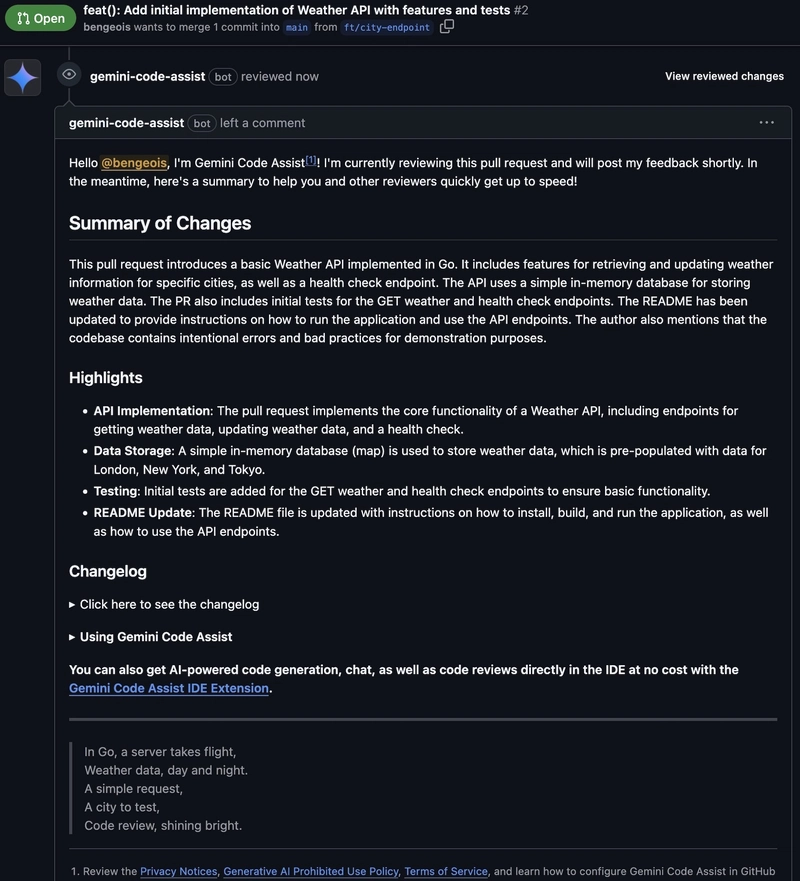













![[DEALS] Koofr Cloud Storage: Lifetime Subscription (1TB) (80% off) & Other Deals Up To 98% Off – Offers End Soon!](https://www.javacodegeeks.com/wp-content/uploads/2012/12/jcg-logo.jpg)
















































































































-RTAガチ勢がSwitch2体験会でゼルダのラスボスを撃破して世界初のEDを流してしまう...【ゼルダの伝説ブレスオブザワイルドSwitch2-Edition】-00-06-05.png?width=1920&height=1920&fit=bounds&quality=70&format=jpg&auto=webp#)























_roibu_Alamy.jpg?width=1280&auto=webp&quality=80&disable=upscale#)













































































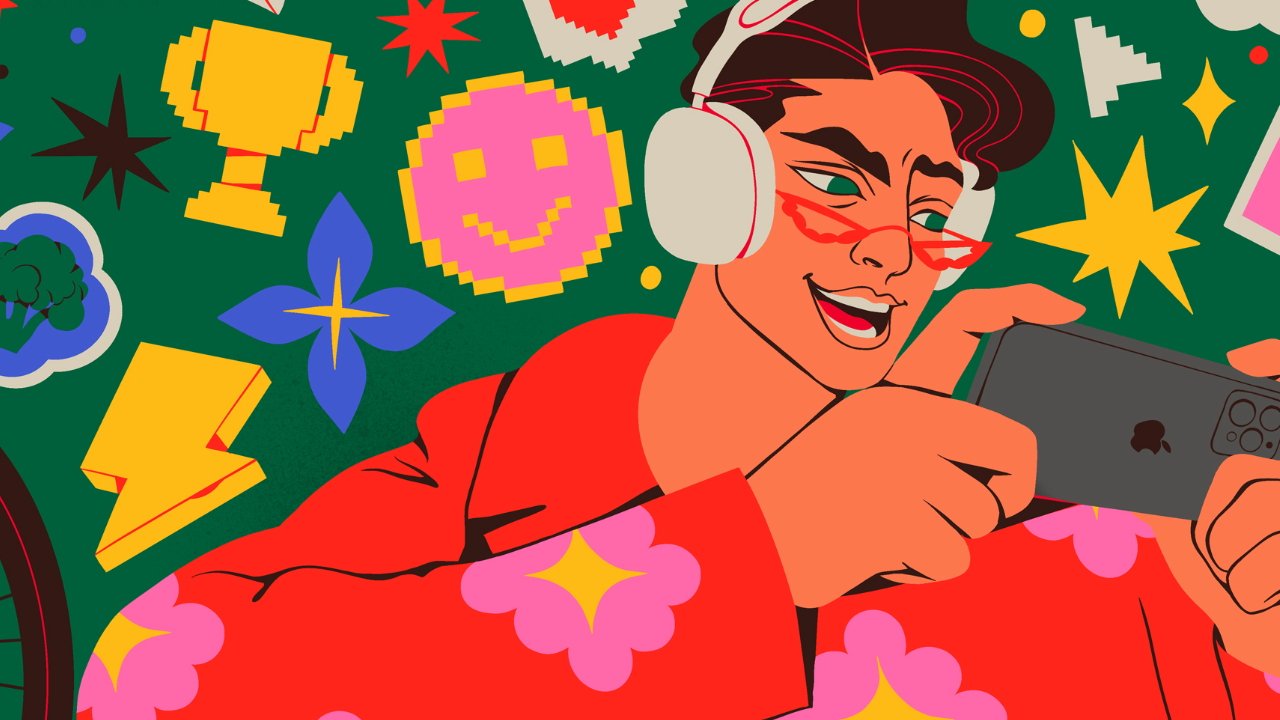








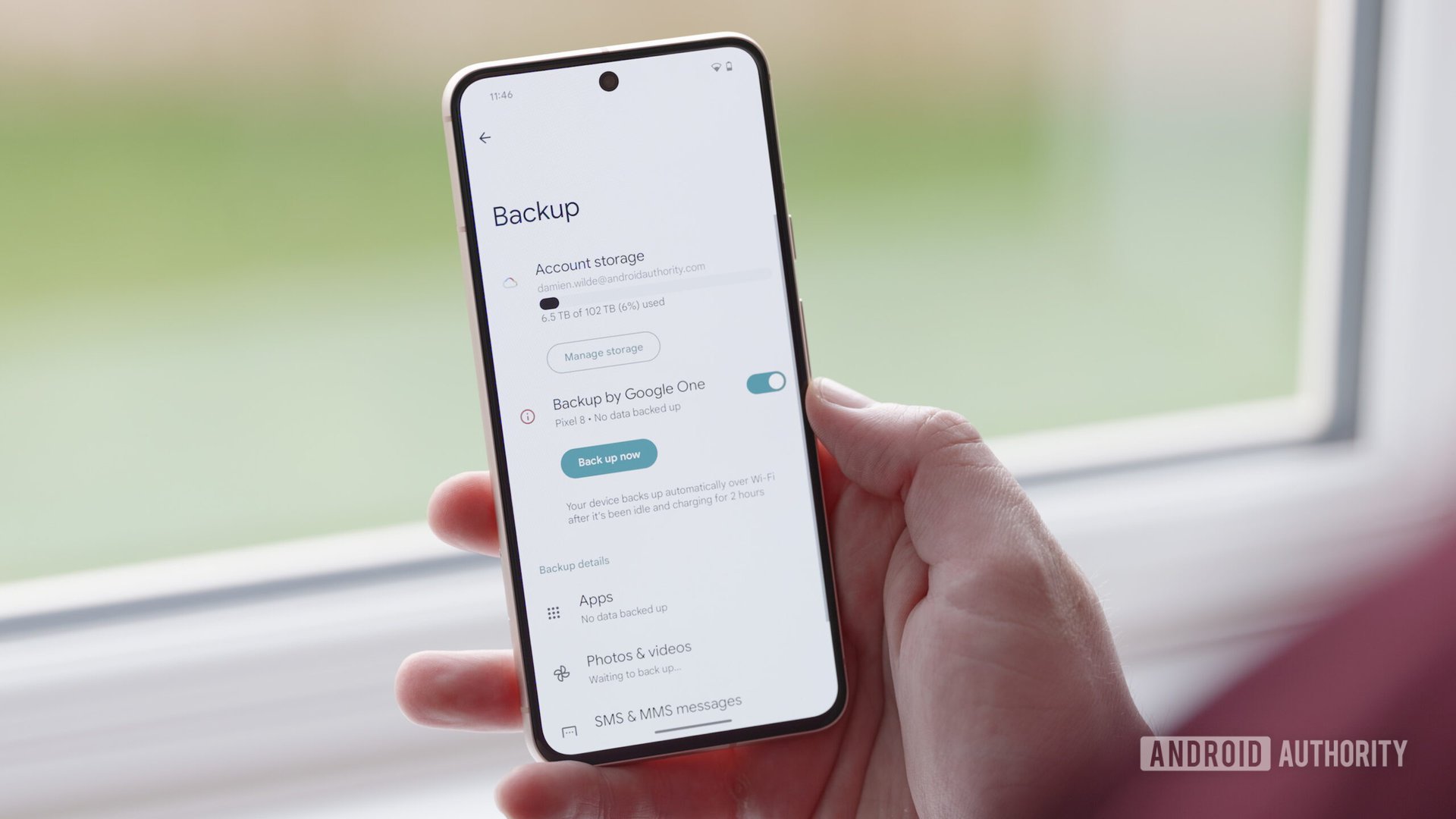




















![M4 MacBook Air Drops to Just $849 - Act Fast! [Lowest Price Ever]](https://www.iclarified.com/images/news/97140/97140/97140-640.jpg)
![Apple Smart Glasses Not Close to Being Ready as Meta Targets 2025 [Gurman]](https://www.iclarified.com/images/news/97139/97139/97139-640.jpg)
![iPadOS 19 May Introduce Menu Bar, iOS 19 to Support External Displays [Rumor]](https://www.iclarified.com/images/news/97137/97137/97137-640.jpg)



















































